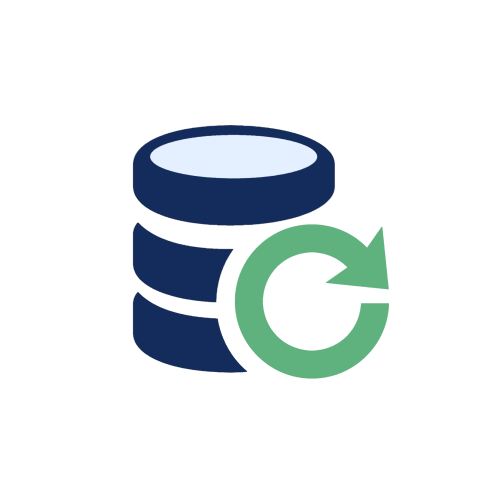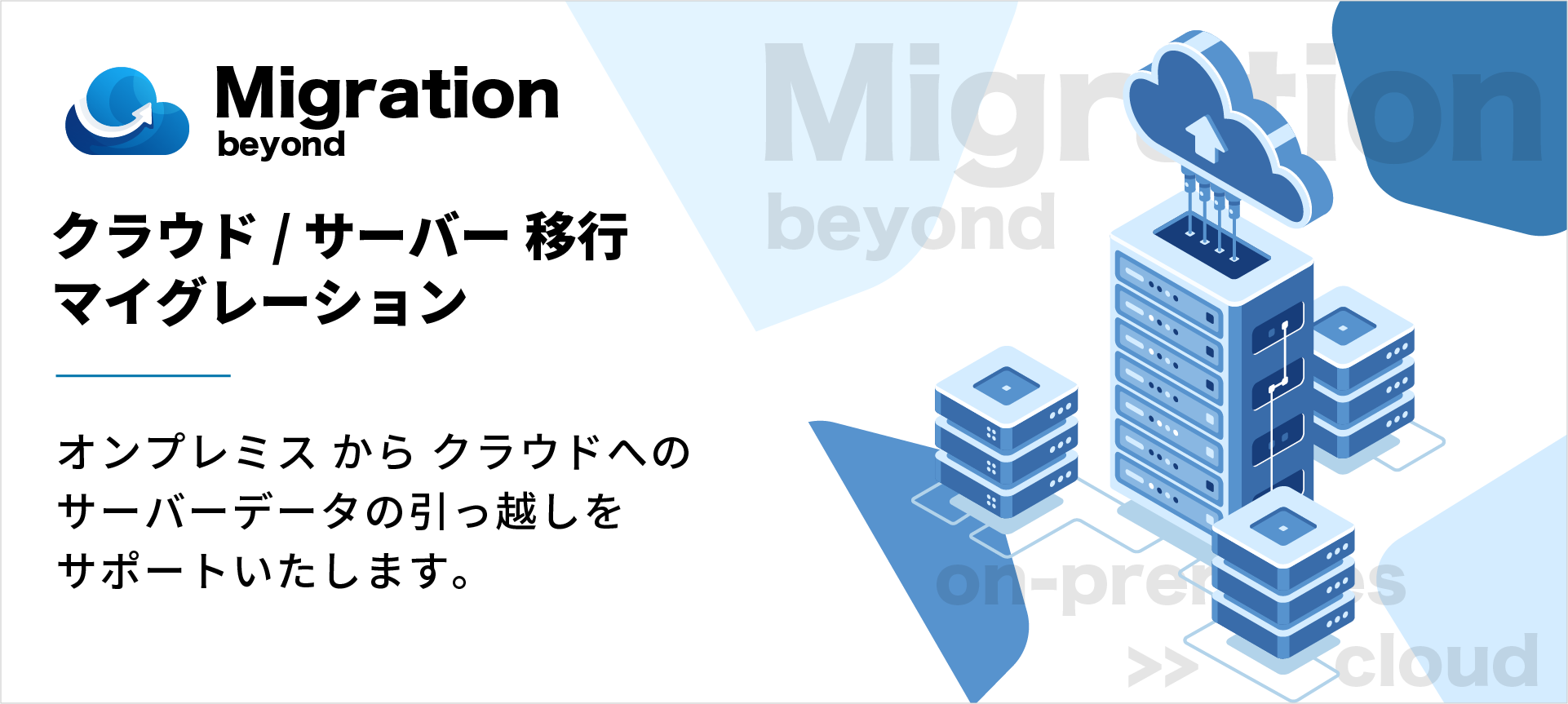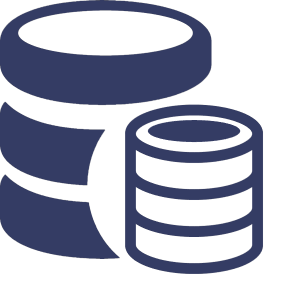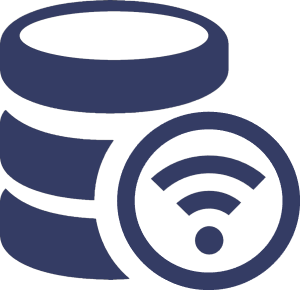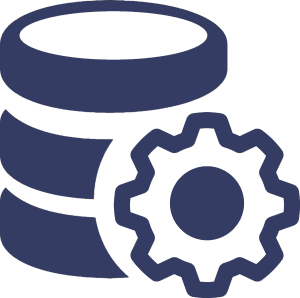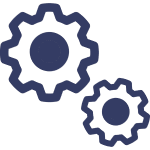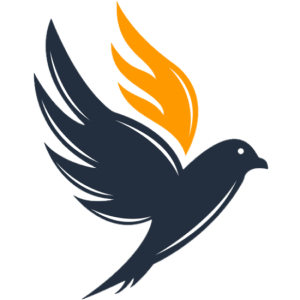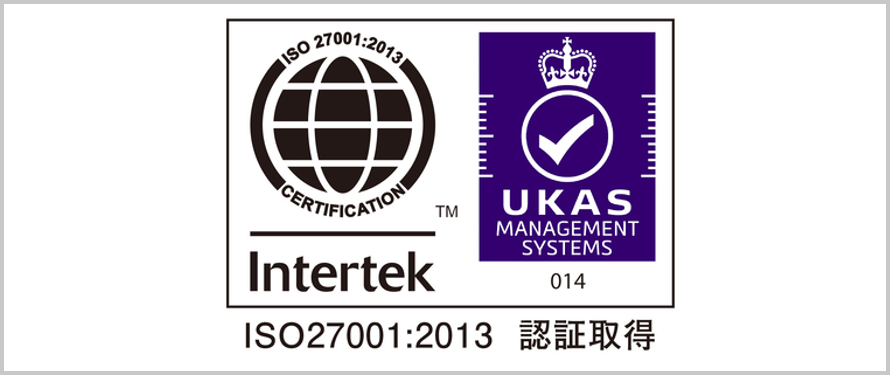Yes, we also support cloud/server construction, operation and maintenance using AlmaLinux OS.
Alma Linux is an open source Linux distribution developed by forking RHEL (Red Hat Enterprise Linux) and is compatible with RHEL and CentOS.
Please feel free to contact us regarding server data migration/replacement from CentOS.
● Cloud/server design/construction
● Cloud/server operation maintenance/monitoring (24 hours a day, 365 days a year)
● Cloud/server operation monitoring service (24 hours a day, 365 days a year)
● Cloud/server migration/migration
● AlmaLinux OS server design/construction service
● CentOS server migration solution
● North American cloud / server construction, operation and maintenance

